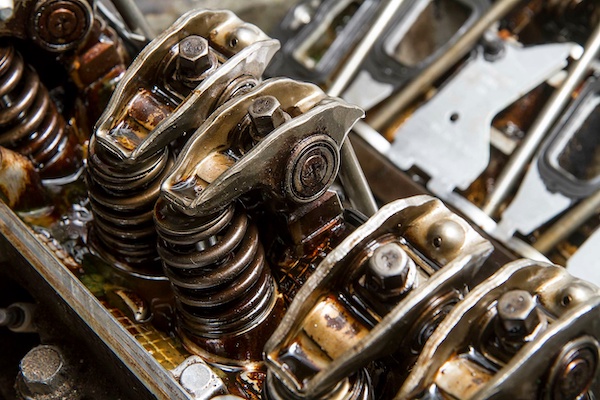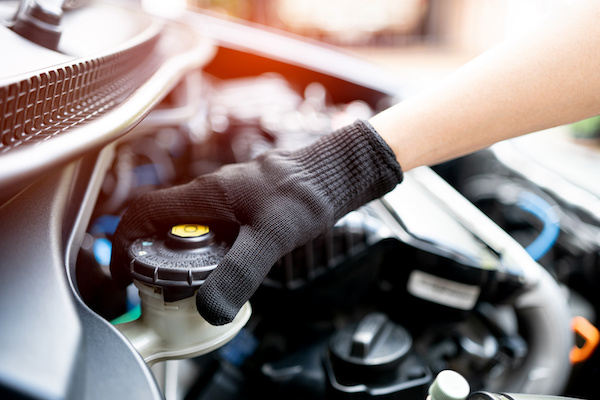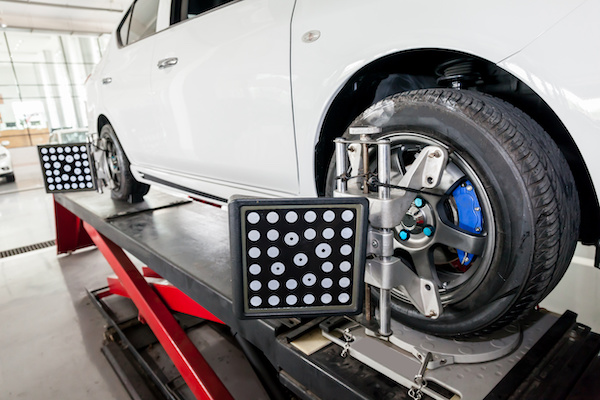Posted on 12/21/2022

When preparing your vehicle for the winter, there are various things you are going to want to check to make sure everything is in working order. Inspection Before Winter Before winter comes, you want to have all of your weather gear for your vehicle. Here are a few parts that can be replaced to help endure the winter weather: Check your tire pressure as temperatures drop and your treading. You can also get winter tires that have longer treading for driving in the snow. Test your wipers and get wiper fluids for temperatures below freezing, so it doesn't freeze on or to the windshield and wipers. Test the battery and the cooling system. These are just a few things you want to test, and possibly replace, to endure the winter weather season. Tips for Driving in the Winter Nobody wants to go out in the winter, but unfortunately, the cold season doesn't stop our daily lives from continuing. It's important to stay home if possible, especially if below freezing or if there ... read more
Posted on 11/21/2022
.jpeg)
With the end of daylight savings, most drivers in Yakima are driving home or school in complete darkness. Combined with the busy holiday traffic around the corner, driving becomes significantly more dangerous. It’s important to take this time to prep your car, SUV, or truck for night time driving and winter hazards. One key aspect of your car that you cannot miss is your headlights. Vehicle headlights are indispensable when it comes to you and other’s safety. That is why it is one of the key items that must be checked off when safety inspections come around. During this time of year, we encourage you to check for proper adjustments of your headlights. Your car headlights should aim at the right angles, so you can see road markings, signs, and any obstacles that may be looming in your path. After months and years of driving your vehicle, headlights naturally collect dirt and grime. Eventually, the bulbs may dim and die out. To keep them bright and shining, we invite ... read more
Posted on 10/28/2022

Oil sludge is a thick, gooey substance that forms in your engine. It's caused by the breakdown of oil, which is naturally occurring. The oil then breaks down further into carbon and sludge. How does it hurt your car? Read on to find out how it does and what you should do about it. How does engine sludge form? Engine sludge is a buildup of solid deposits on the engine's internal parts. These deposits are composed of metal oxides and carbonates that build up over time due to engine wear, and they can cause the engine to perform poorly. Engine sludge forms when parts in an engine wear out, or are damaged by excessive wear. The most common causes for this damage include: long-term exposure to high temperatures excessive idling (when the vehicle is parked) driving over rough roads or driving with worn-out tires using poor-quality oil in your vehicle How can oil sludge hurt my car? The problem with oil sludge is that it can clog your engine, which will make your car run less ... read more
Posted on 9/29/2022

You might be aware of changing your brake pads or rotors, but what about the brake fluid? Can it go bad? In short, brake fluid can go bad or wear off over time. In vehicles with a hydraulic braking system, brake fluid is carried and sealed in a closed system. The fluid should remain effective for several years or longer. But, moisture in the air can sometimes seep through and contaminate the fluid. Once the fluid absorbs the moisture, it can cause a drop in the fluid’s boiling point. In other words, your brakes will become less effective at braking and become prone to overheating. Additionally, the excess moisture can deteriorate the brake lines, brake caliper, brake cylinder, and other vital brake parts. This is why it is essential to have your brake fluid or DOT fluid exchanged. What Are the Signs of Old or Expired Brake Fluid? The longevity of brake fluid depends on various factors like the DOT fluid type, the conditions your vehicle operates in, and you ... read more
Posted on 8/30/2022

Wheel alignment or tire alignment is modifying the angle at which wheels make contact with the road surface. When you're a reckless driver or get into minor accidents, your wheel's alignment can be offset and wear down your suspension components. To ensure your vehicle is safe, make sure your wheels are correctly aligned. What Are the Signs of Misaligned Wheels? Identifying the symptoms of bad wheel alignment is a good skill for all drivers to have. If you want to keep your vehicle stable and safe, keep your eye on the lookout for the following red flags: Uneven Tire Wear Healthy tires should wear the same on all areas of the tire. If you notice uneven patches, it can be a sign that your alignment is inaccurate. When your wheels are misaligned, the tires don't grip the road properly. Crooked Steering The steering wheel should sit straight when you're operating your car on a straight and leveled road. You can check by looking at the logo - is it straight? If your s ... read more